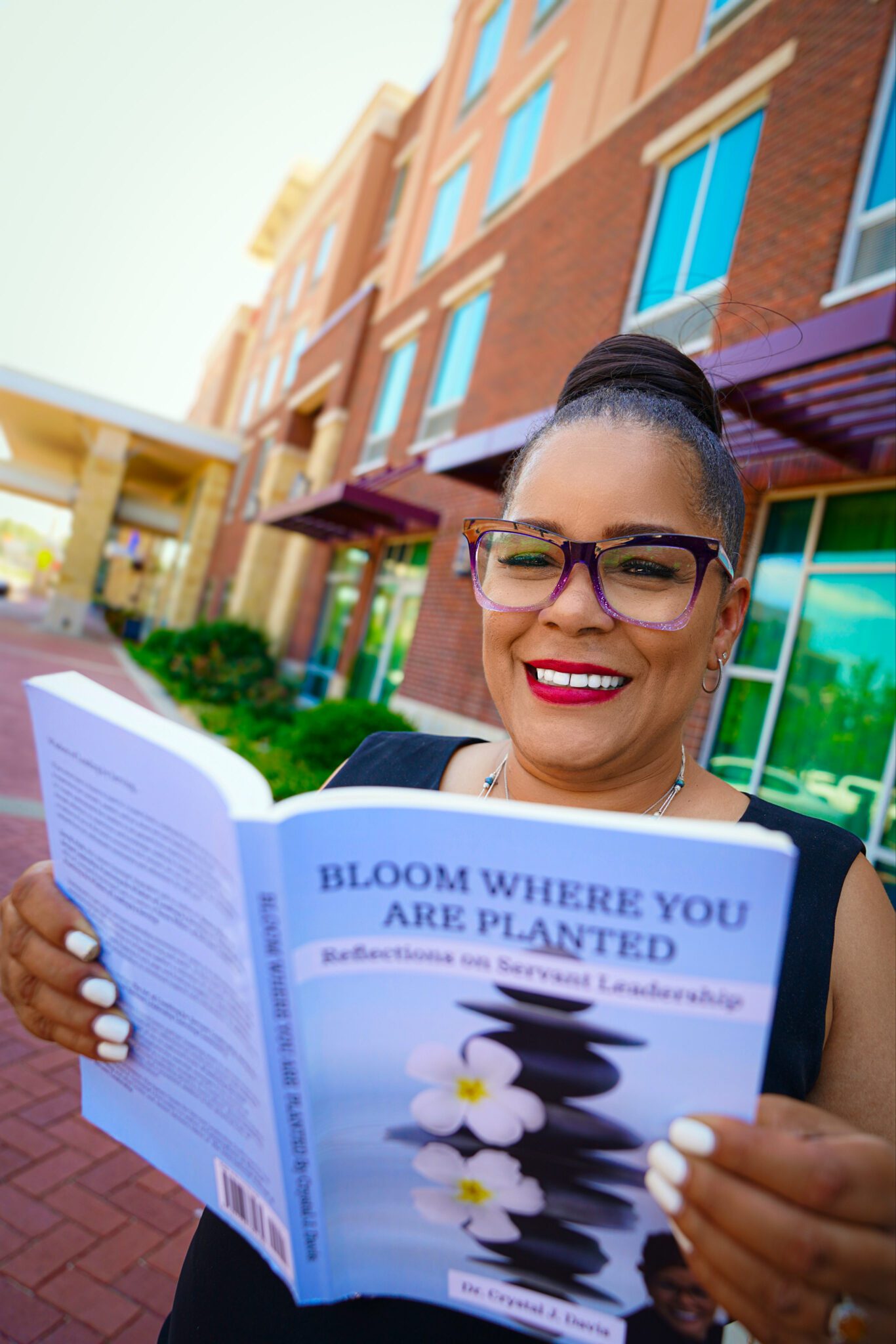“When an organization knows its Spirit, it can lead itself from within…Organizations need a strong sense and conscience, a strong awareness of self, Who are we? What are we trying to do?”
~ Margaret Wheatley, Author of Leadership and the New Science
Anatomy of a Collaboration: An Act of Servant-Leadership by Wendell J. Walls represents chapter seven of the book we are using as a guide, Practicing Servant-Leadership: Succeeding Through Trust, Bravery, and Forgiveness by Larry C. Spears and Michelle Lawrence.
Wendell J. Walls provides us with a fascinating story of how two organizations come together to host a joint conference (summer of 1999), and how they would forge this perfect union, a partnership, between the two of them; the Greenleaf Centers for Servant Leadership and the Community Leadership organization.
As the old saying goes, “It’s all about timing” and as it were, at the time of writing this blog and reading this fascinating story, a board of directors that I sit on is in its initial conversation with another organization (of like-minded souls) to merge conferences in 2017. Coincidence, you say? Nope.
Everything ALWAYS works together for what you need at the exact and perfect time. I am printing this article to take to the next board meeting.
So Walls takes us through the journey; how both organizations moved to Indianapolis, how the two CEO’s got together (Walls and Larry Spears) and really connected with their organization’s work and future, both professionally and personally, and one day during a conversation Spears and Walls was having at a pub on the north side of Indianapolis, Spear says, “What do you think about doing a joint conference?” to which Walls replied, “Sounds like a good idea to me.” And so was born the idea, really a new consciousness of collaboration, between the two organizations.
That’s how it happens.
Collaboration is born out of two people or two organizations (or several organizations) who have the same consciousness of Servant-Leadership. Both sides (or all sides) come together and realize it all about service. Walls said about the collaboration, “It is my belief that this collaboration reflected a consummate act of servant-leadership by the two organizations via their staff and the board leadership.” This example provides us, and me in a perfect way, with a model for effective institutional collaboration.
What I really thought was dead on in Wall’s article is that he talked about how, in the midst of planning the focus was on if the two organizations came together because of a finance issue or even if the collaboration was about a merger or take-over. Funny, how the energy of fear always races in first….
But because Walls and Spears and their organizations are both servant-minded in nature, there existed a spirt of collegiality right from the start. And this my friends, will always take an idea or a thought to the next level. Walls goes on to say how several positive ways of operating assisted the collaboration along the way; meaningful communicating, putting the hard stuff in writing early, accepting differences and similarities, navigating crisis together, and facilitation as an equal part of collaboration.
Walls talks about the synchronicity of it all and how successful the conference was. He mentioned the book by Joe Jaworski (I ordered this morning on Amazon) called Synchronicity. And I believe just like Walls does that the entire collaboration was meant to be, because that’s what synchronicity is about, “when things come together in an almost unbelievable way in our lives; high energy, coherence, a deep sense, of satisfaction, distributed leadership, and highly significant results.” Wow.
I am so excited that this article would *fall in my lap* just as the exact time that I would need it. I am inspired by the possibility that lies in front of me; to be a part of a collaboration that will, in the end, serve and heal the two organizations themselves and to be a beneficial presence to the people the two organizations serve.
Walls gives us 11 tips when considering collaboration. I’ll type this up separately to present to the board. Here is a re-cap of each.
- Builds relationships at every opportunity. These relationships can be the gateway to future collaborative projects.
- Allow the time and space for ideas to come forth. This could be quiet times or Aha moments. Ideas always come as a result of great communication and listening.
- Collaborate just because it’s the right thing to do. There’s no need to wait for a problem to occur which then we believe a collaboration will solve.
- There will be risks. Take them. No risk, no reward.
- People fear loss, not change. Realizing this early on helps to ease the feelings of loss.
- Frequent face-to-face meetings are a must. Emails, phone calls, and texts alone will not get it.
- Put all of the firm stuff in writing immediately, Then, let the collaboration form organically as you move along.
- Differences are a great path of creativity, discovery, and change. Spend time understanding differences between one another (or between organizations).
- There’s nothing better than a crisis to seal a strong collaboration. Don’t fear it. Embrace it.
- For the health of the group, engage in facilitation. If there is no independent facilitator, then facilitate for one another.
- If in doubt, charge ahead. It will be worth the effort.
I wrote a blog post about a year and a half ago on collaboration. It was my most-viewed post in the history of my journey to share my message of Servant-Leadership (2,656 views). That was a clear indication for me that people and organizations realize the important of collaboration.
I like that Walls spoke on Stephen Covey’s 4 roles of leadership. Covey talked about them at the conference. He said that the leader must be a model of credibility, diligence, and the spirit of servant-leadership first and foremost, the leadership role is about pathfinding; wherein a vision is discerned, the alignment of values between organization must be institutionalized, and the fourth role (which is the fruit of the first three) is to empower the people.
I have been fortunate enough to be a part of many community-based and organizationally-based collaboration projects where we empowered the people around an idea. It’s hard work. Collaboration is about building relationships. They are about stepping into the unknown together and making dreams come true. They are about manifesting something into being. They are about leaning into and recognizing synchronicity when it happens. And when it all comes together, oh how sweet it is…
To Collaboration,
Dr. Crystal








